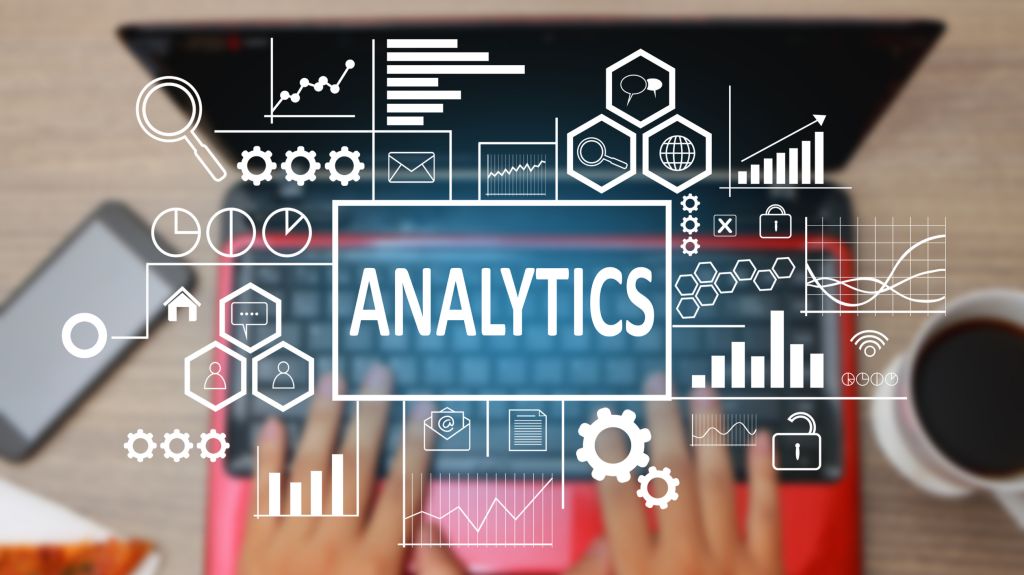
Essential Skills Every Data Analyst Should Master in 2025
Vivek Kumar
Data Analyst | Data Analyst Teacher and Freelancer | Empowering Global Learners in Data Analysis | Data Analysis Mentor & Educator | Tableau | Power BI | Alteryx | Python | SQL | Oracle | MySQL | Big Query | R language
Data analysis is one of the fastest-growing fields, with roles expanding in nearly every industry. As the landscape of data analysis continues to evolve, so do the skills needed to succeed in the field. In 2024, data analysts must possess a blend of technical prowess and soft skills to excel in their roles. This article highlights the essential skills for every data analyst, along with valuable resources to help you master them.
1. Proficiency in SQL (Structured Query Language)
SQL remains the backbone of data analysis. It is used to query and manage data within relational databases and is crucial for extracting and manipulating large datasets. A strong foundation in SQL allows data analysts to efficiently retrieve, filter, and aggregate data, providing the insights that drive business decisions.
Key Areas to Focus On:
?? Learning Resources:
2. Data Visualization Skills
A picture is worth a thousand rows. Data visualization enables analysts to communicate insights clearly and effectively. In 2024, tools like Tableau, Power BI, and even Excel are essential for creating dashboards and visual reports that aid in decision-making.
Key Areas to Focus On:
?? Learning Resources:
3. Python for Data Analysis
Python is one of the most popular programming languages in data science, thanks to its readability and extensive libraries. Python’s libraries, such as Pandas and NumPy, make it powerful for data manipulation, cleaning, and analysis. A strong command of Python enables data analysts to automate tasks and work with large datasets.
Key Areas to Focus On:
?? Learning Resources:
4. Statistical Analysis and Probability
A data analyst’s role goes beyond organizing data—it’s about understanding patterns and drawing valid conclusions. Proficiency in statistics and probability allows analysts to interpret data meaningfully, evaluate trends, and make informed predictions.
Key Areas to Focus On:
?? Learning Resources:
5. Advanced Excel Skills
Excel remains a staple for data analysts and is indispensable for quick data analysis and manipulation. Advanced skills like pivot tables, data validation, and Power Query enable analysts to handle complex data tasks efficiently.
Key Areas to Focus On:
?? Learning Resources:
6. Machine Learning Basics
While data analysts aren’t expected to be machine learning experts, understanding the basics of machine learning is becoming more valuable. Knowing key concepts like regression, classification, and clustering can open up new insights and allow analysts to interpret machine learning outputs effectively.
Key Areas to Focus On:
?? Learning Resources:
7. Data Cleaning and Wrangling
Data cleaning is one of the most time-consuming yet critical tasks in data analysis. Analysts need strong data-wrangling skills to prepare data for analysis by addressing inconsistencies, missing values, and outliers.
Key Areas to Focus On:
?? Learning Resources:
8. Communication and Data Storytelling
Technical skills are critical, but they must be paired with strong communication skills. Data storytelling is about translating data insights into actionable recommendations that stakeholders can understand and act upon.
Key Areas to Focus On:
?? Learning Resources:
9. Business Acumen
A successful data analyst understands not only how to analyze data but also the business context behind it. Developing business acumen helps analysts align their insights with organizational goals and make their recommendations more impactful.
Key Areas to Focus On:
?? Learning Resources:
10. Problem-Solving and Critical Thinking
Data analysis is as much about the process as it is about the output. Critical thinking enables analysts to approach problems systematically and identify the best methods to answer complex questions with data.
Key Areas to Focus On:
?? Learning Resources:
Conclusion
Mastering these technical and soft skills is essential for a successful career in data analysis in 2024. By developing both the analytical and business-related abilities mentioned here, you’ll be well-equipped to meet the evolving demands of the industry.
Further Learning Platforms:
Building a strong foundation with these skills will empower you to thrive as a data analyst, contribute more meaningfully to your organization, and unlock new career opportunities.